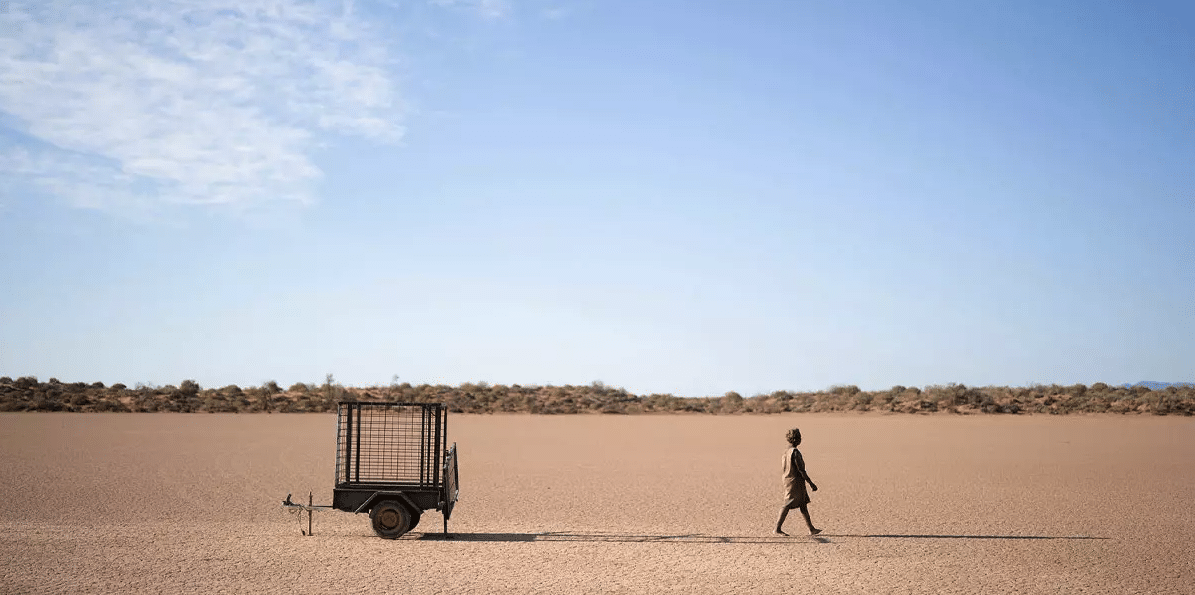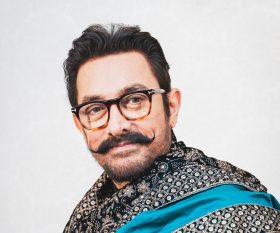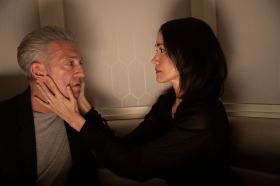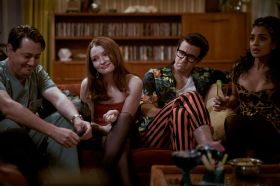When I clicked on the trailer for the new Australian film The Survival of Kindness, by the ‘visionary’ filmmaker Rolf de Heer, I was unprepared for the images I was confronted with.
A Black woman locked in a cage in a desert, trying to escape. Her face, hands and clothes covered in dirt. Her lips ashen. Her panicked, laboured breathing. As my mind desperately tried to understand what was happening to her and what had brought her to these circumstances, I noticed my own breathing was changing too. I was triggered.





